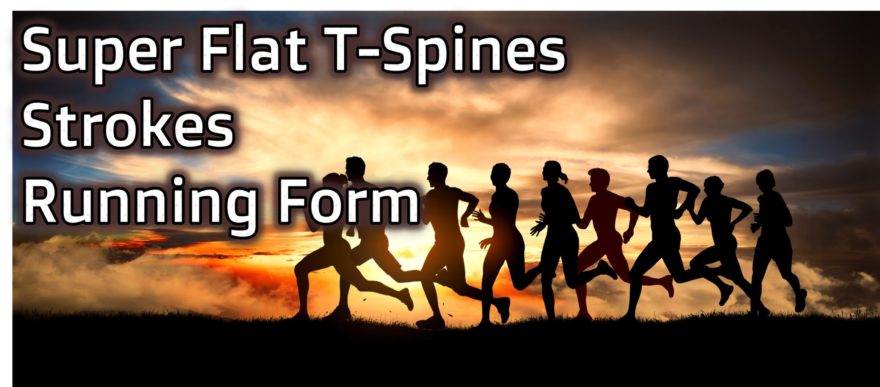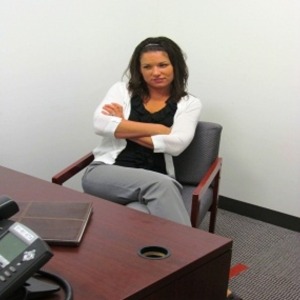Tag: neuro

Super Flat T-Spines, Strokes, and Running Form – Movement Debrief Episode 91
Movement Debrief Episode 91 is in the books. Below is a copy of the video for your viewing pleasure, and…

Recognizing and Changing Nonverbal Communication Disorders: An Interaction Approach
I was at my local coffee shop the other day chatting with my barista as she prepared my drink. Once…
Course Notes: Dermoneuromodulation
What? You Mean You Have to Touch Someone???!!?!? My gluttony for punishment continues. This time, I had the pleasure of…
Interview by The Manual Therapist
Dear team, Quick post today, but I had the pleasure and honor of being interviewed by my man Erson…
